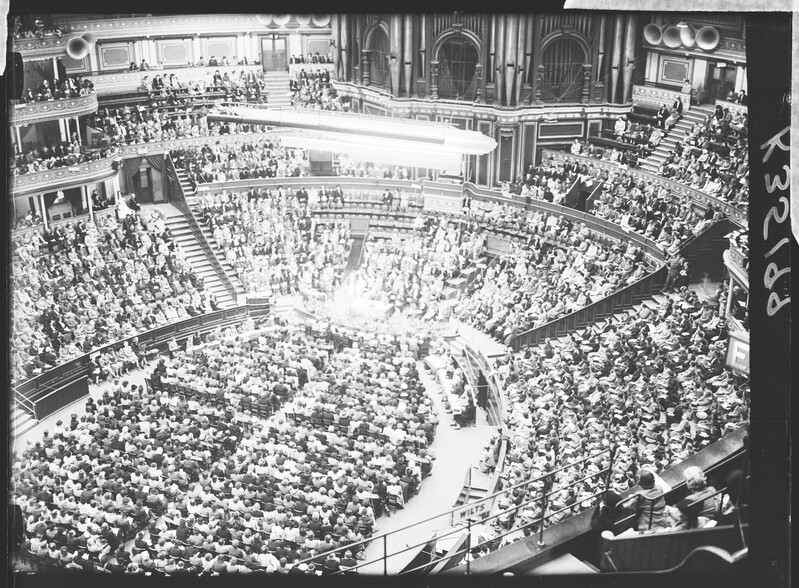Thimble
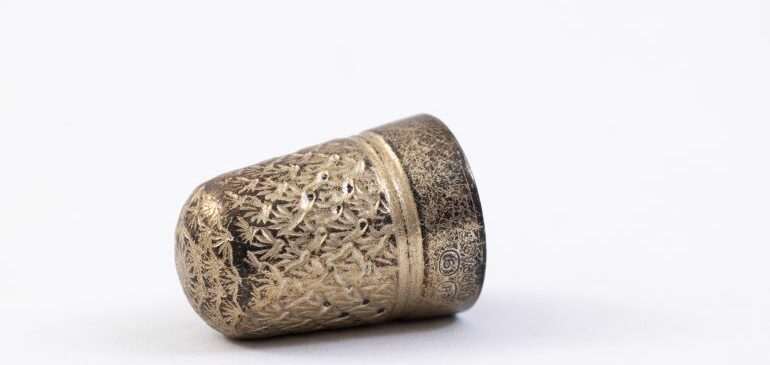
Lacemaking pattern
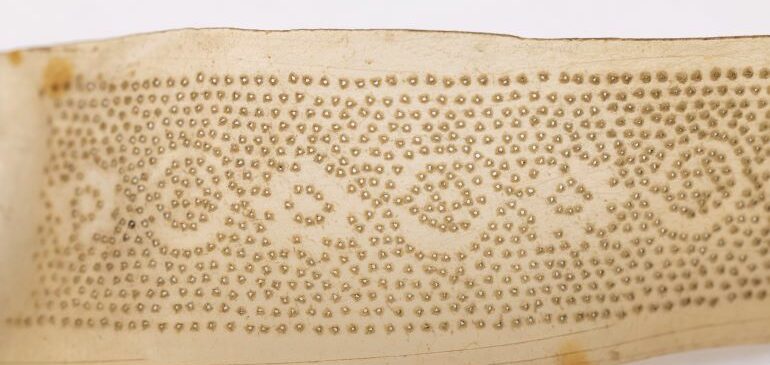
Spindle
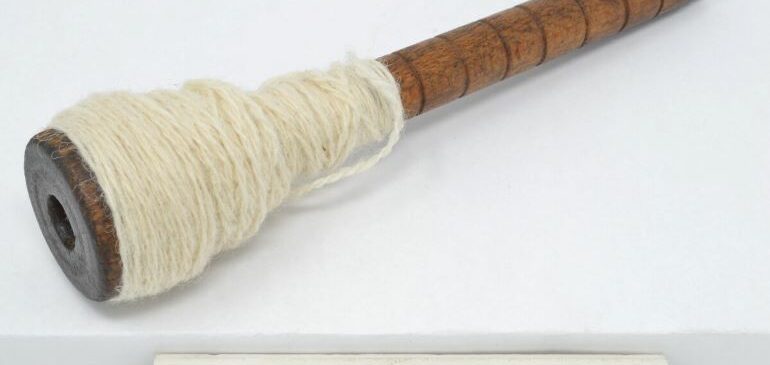
MERL themed scarf
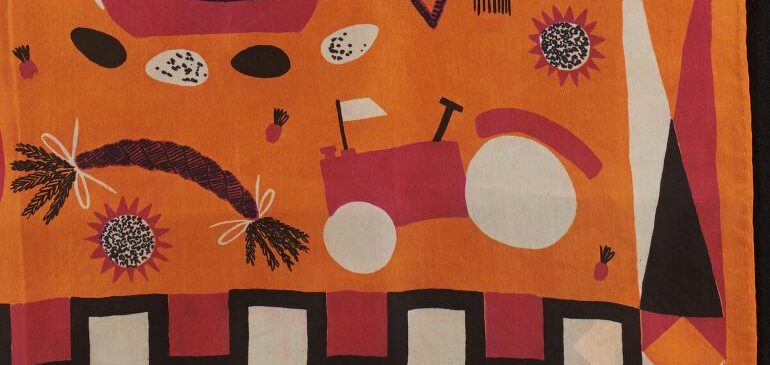
Suffrage and the Sewing Machine
Sign up for our newsletter Get blogs, collections news, and shop updates straight to your inbox. Email Address First Name Last Name I would like to receive the following newsletter(s) MERLNews MERLFamilies SchoolTeachers
Strawcraft Symbols
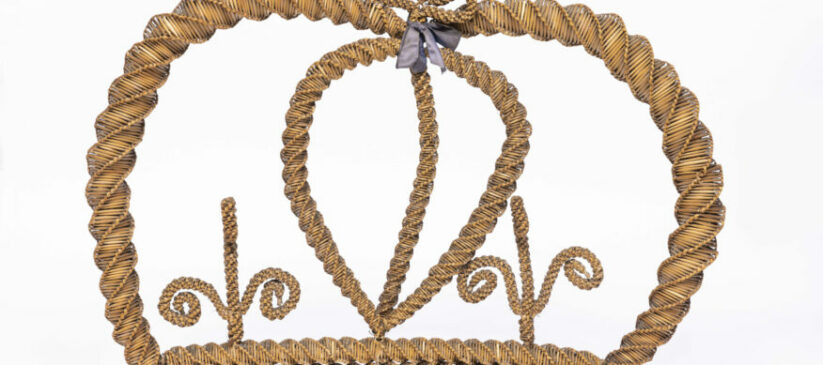
Fred Mizen, ‘Corn Dolly’ sculptures, 1951 Straw craftsman Fred Mizen made various sculptures for the Festival of Britain, including a large and much-celebrated Lion and Unicorn for the pavilion of the same name. As well as his sizeable designs, he also contributed a smaller series for the ‘Country’ pavilion. These were were displayed upstairs, tucked […]
Town and Country
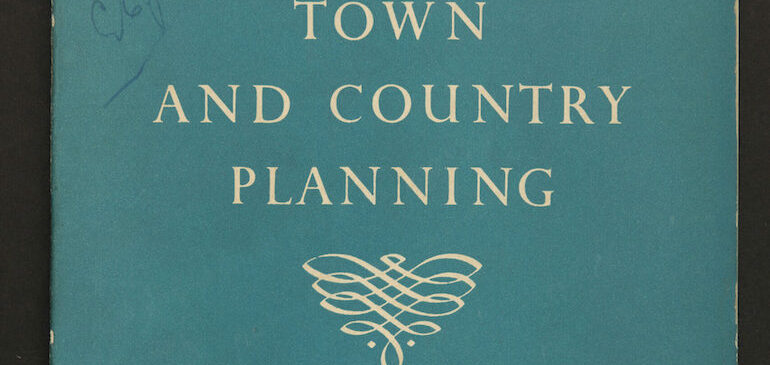
Clough Williams-Ellis, Town and Country Planning (British Council, 1951) This pamphlet was the eighteenth in a series of booklets published under the auspices of the British Council. Called The Arts in Britain, these provided accessible summaries concerning different aspects of British cultural life, including architecture, art, music, drama, poetry, dance, film, design, and other forms […]
Countryside Cartoons

Michael O’Connell, Diversity of British Farming designs, circa 1950 These seven cartoons by artist Michael O’Connell were scaled-up to create a stunning artwork for the Country pavilion at the Festival of Britain. The finished textile panels from this can be seen here. In order to develop his designs, O’Connell travelled around observing and sketching to […]
Making Hurdles
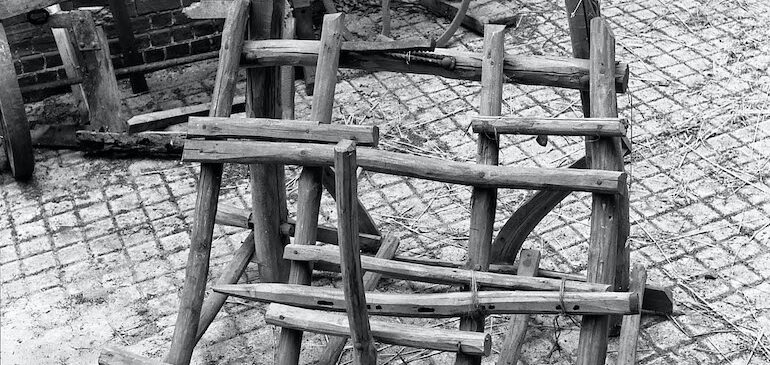
Hurdle maker’s brake, circa 1951 This brake provided a frame on which to construct wattle hurdles from hazel rods. It is thought to have been displayed at the Festival of Britain. In the early 1950s, handmade hurdles were still in use for penning livestock but were becoming less common. Lightweight metal gates were growing in […]
Domestic Flowerpot
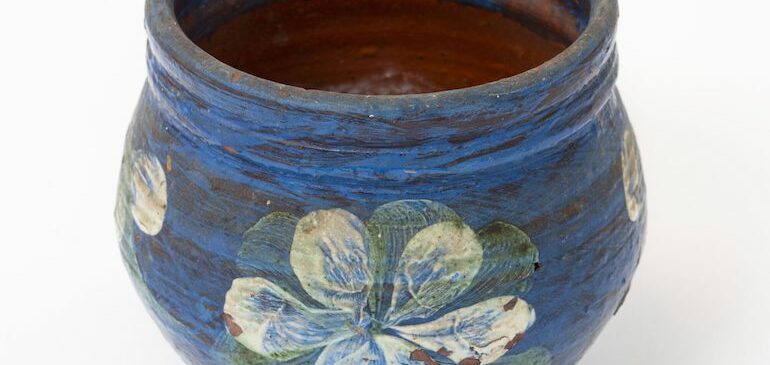
Quentin Bell, Decorated plant pot, 1951 This pot was made by Quentin Bell, the acclaimed art historian, academic, writer, and potter. It was produced in 1951 and dedicated to a member of household staff at a sprawling Sussex farmhouse called Charleston. It was in this rural locale that the maker’s parents—the painter Vanessa Bell and […]

